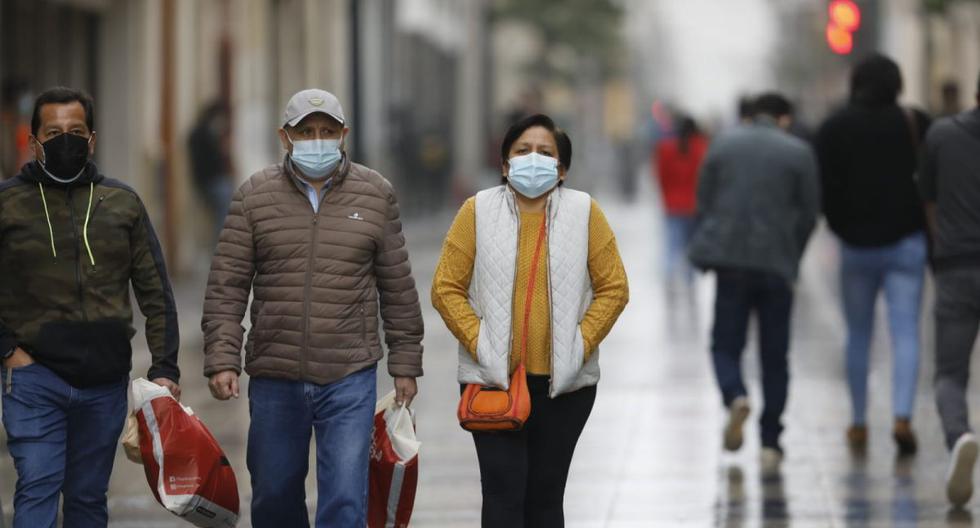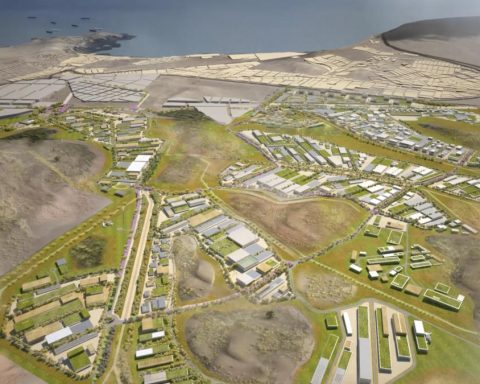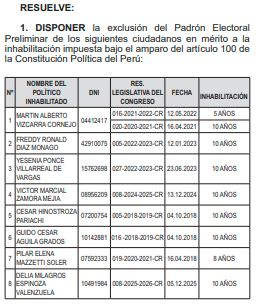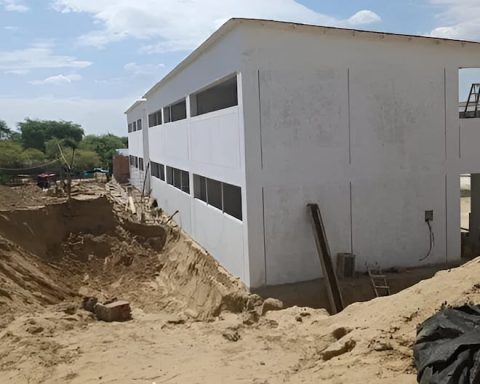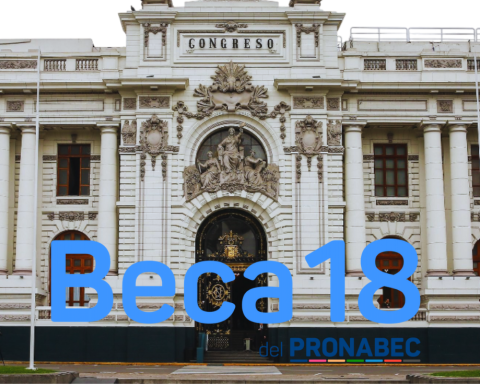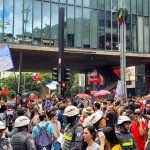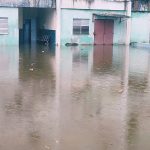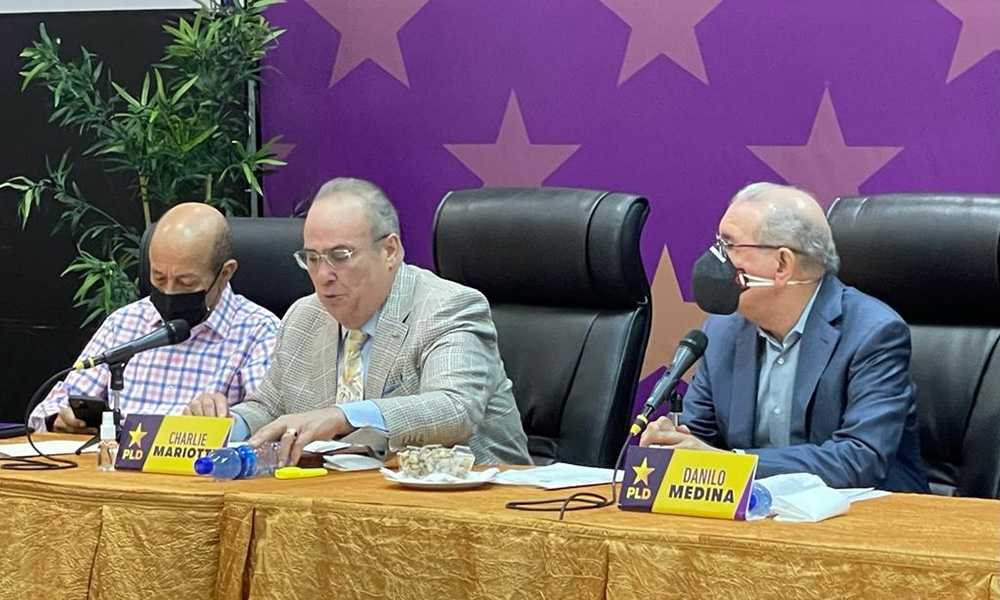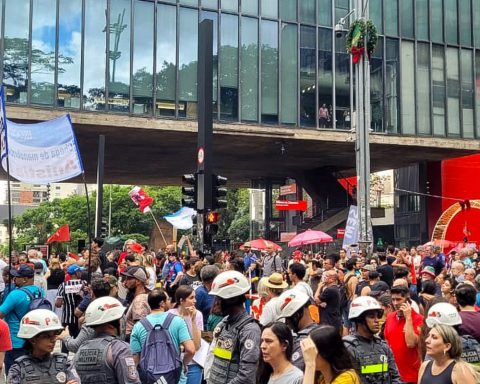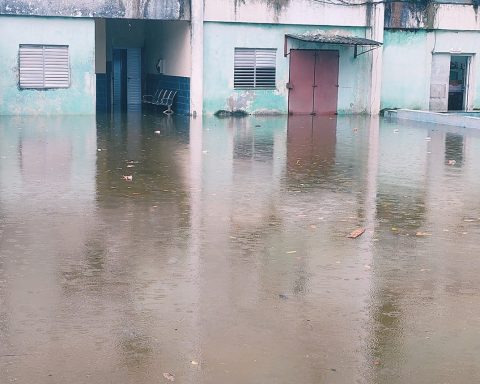On June 21, winter begins and record temperatures are already being recorded in Lima, forcing people to sleep warmer than ever, to take out thick blankets and turn on the heating. On the night of June 15, the eastern part of the capital registered the lowest temperature of the year. Why is it colder there than in the north, center or south?
MORE INFORMATION: Senamhi warns of an increase in winds on the coast from today until Friday, June 17
The National Service of Meteorology and Hydrology (Senamhi) indicated that the area of Lima east registered the lowest nighttime minimum temperature in the last 26 years in the early hours of June 15 and predicts that it will be a very strong winter.
The entity detailed Lima this marked 8.4 °C; while Lima center 11.9 °C. Since July 1996, such low minimum temperatures have not occurred. Why is it colder in one area than another?
WHY DOES IT FEEL COLDER IN LIMA THAN IN OTHER AREAS?
In Lima there are microclimates and, therefore, temperatures are not the same in all districts. In this sense, the National Service of Meteorology and Hydrology of Peru (Senamhi) explained why in areas such as La Molina, Ate, San Juan de Lurigancho and Santa Anita, located in eastern Lima, the minimum temperatures are more extreme than in other districts. From the capital. For what is this?
“Lima, this is a colder area due to different factors, such as the topography, the terrain, the vegetation, the type of material used in the houses, but the most important is because its distance from the sea”explained Tania Ita Vargas, a specialist from the Senamhi Climate Prediction Subdirectorate, to the Andean agency.
Clear skies are another factor that influences low temperatures. The specialist explained that after all the thermal radiation accumulates in the ground during the day, at night, this concentrated heat is lost faster in the atmosphere when the sky is clear. However, if there were a cushion of clouds, this protects it and, as a consequence, it would be less cold.
WHY DOES THE SEA INFLUENCE THE TEMPERATURE?
The Senamhi explained that the sea acts as a thermoregulator and ensures that temperatures do not drop or rise abruptly. If we talk about Lima, this benefits districts such as Magdalena, Miraflores, Barranco, Chorrillos and Callao. On the contrary, the cold increases in the eastern zone, where the most extreme temperatures are recorded in winter and summer.
